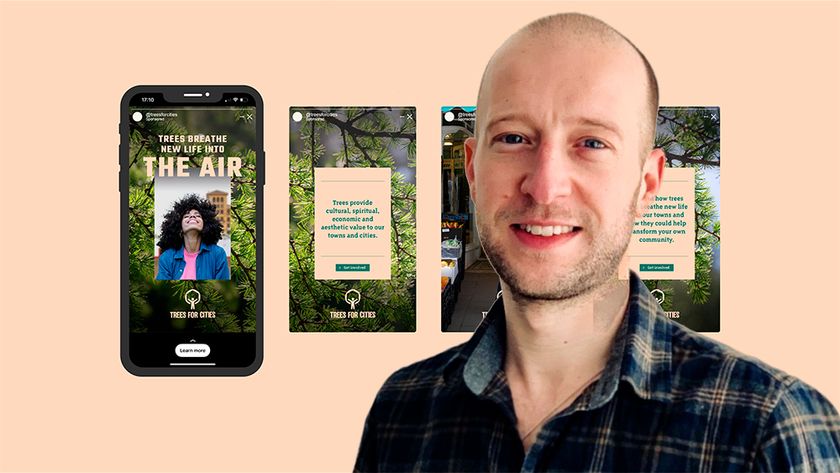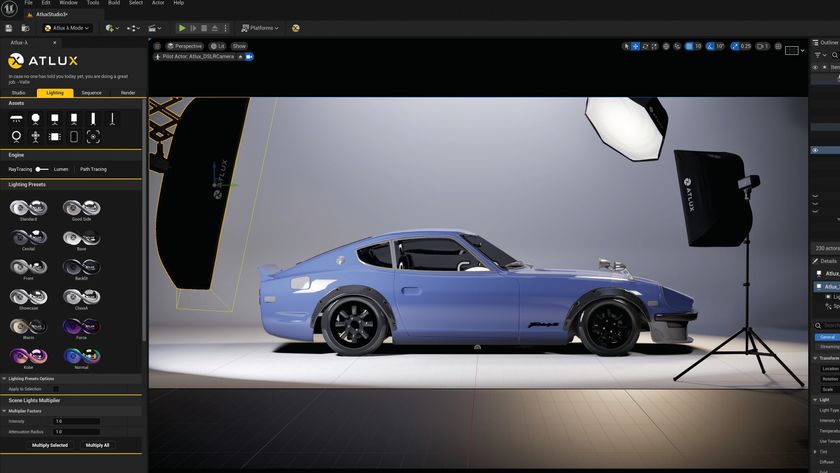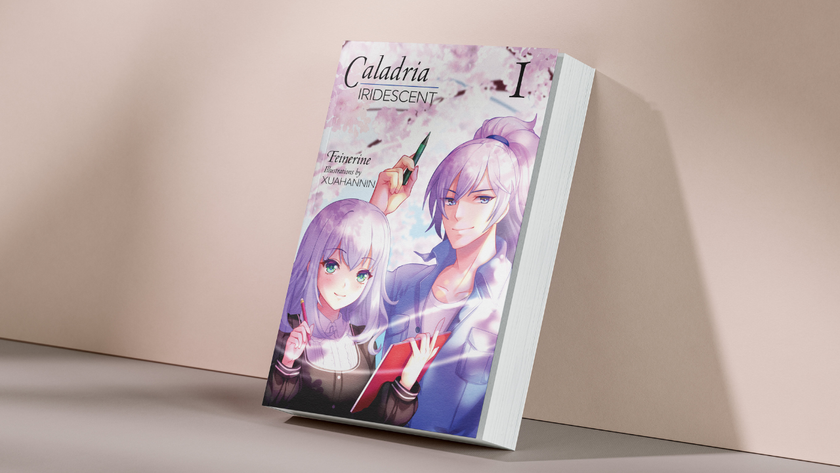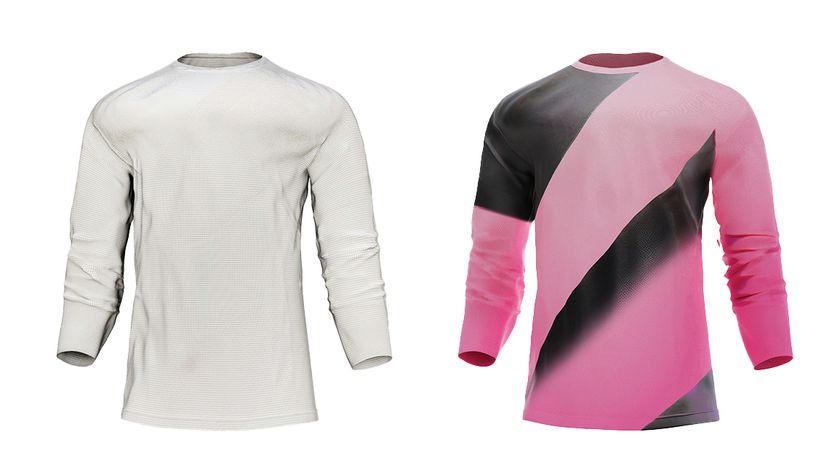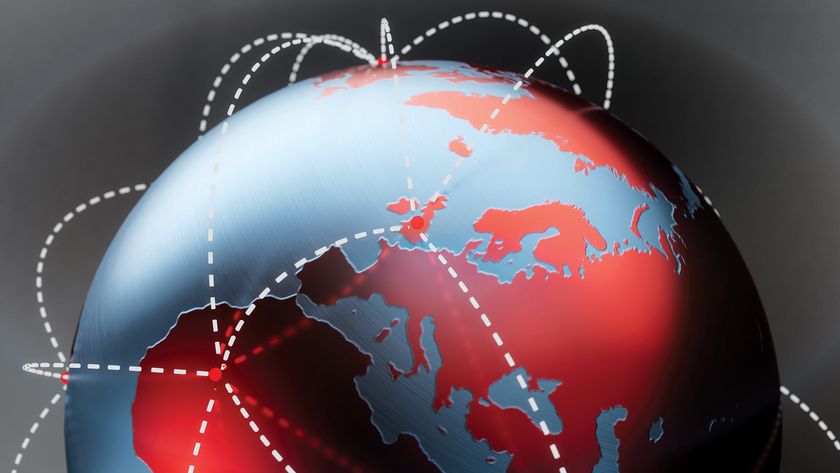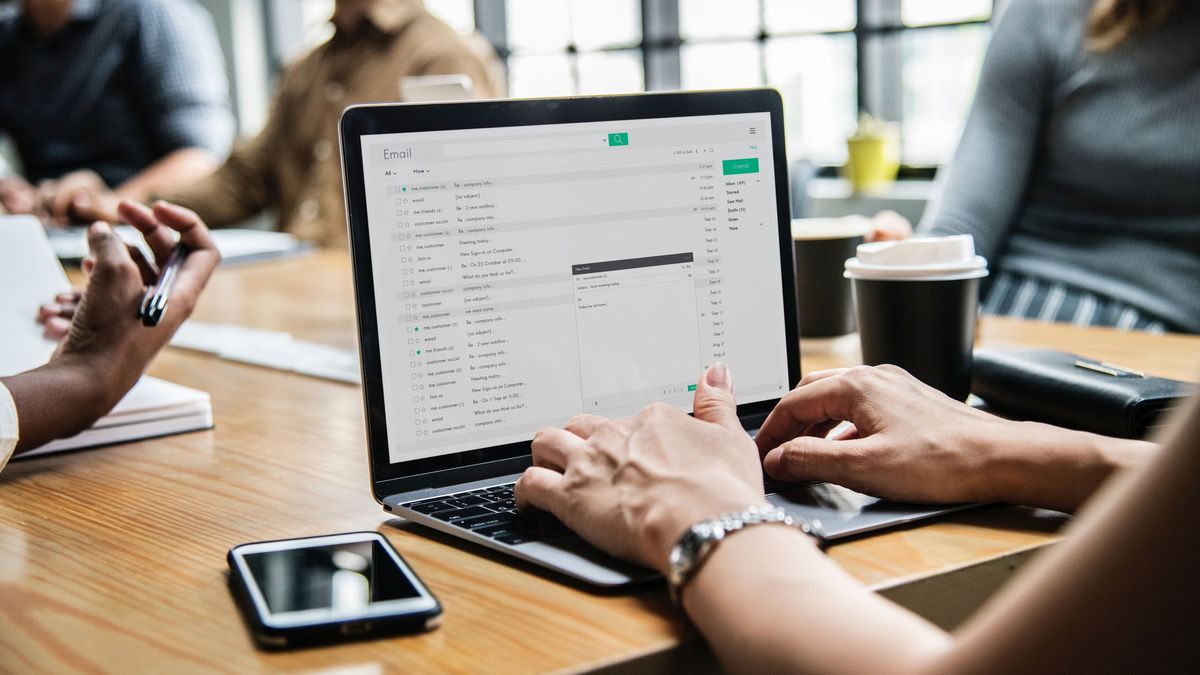
Email. It started as as something wonderful; a magical way to communicate with others instantly, no matter where they were in the world. It would revolutionise the way we do business.
Well, it did do that. However, it also opened a new whole world of pain and stress that no one really saw coming. Having an email management strategy has become as vital to professional success as having an awesome design portfolio, decent web hosting service (seriously, it takes the stress out of managing a website) or knowing how to network.
Read on for designers’ strategies for managing the ceaseless stream of email pouring into your inbox. You never know, Inbox Zero could be within reach.
01. Automate the process
“I try to use tools and technology effectively,” says Pivot Design’s Brock Haldeman. “I use filters to help prioritise and organise incoming mail. I use spam filtering, unsubscribing and black-listing to minimise junk. Any remaining mail that comes through are the ones that are generally most important and since there aren’t nearly as many, they’re much easier to stay on top of.”
02. Prioritise
Not all emails are as important as others. “At work, I prioritise responding to urgent matters and those emails that have the potential to become blockers for others,” says Alberta Soranzo, a service designer at LBG Digital.
Bukwild’s Jeff Toll checks his emails first thing in the morning, but doesn’t reply to anything that’s not an emergency. “I simply flag and organise response priority,” he says. “Once I get into work and have had a moment to think about my responses, I can knock them all out.” Then, throughout the day, Toll will flag any important emails that don’t require instant responses, and make sure he returns to them before the end of the day.
03. Use ‘Unread’ for messages that require action
What do you do with the emails you’ve seen but haven’t had time to deal with? Some sort them into action folders (‘To reply’, and so on), but that approach doesn’t work for Dahlström. “I ended up with a graveyard of forgotten emails,” she smiles. “Now I tend to mark them Unread.”
04. Filter newsletters into a separate folder
Want to keep on top of what’s going on in the wider industry? Newsletters are a great way to stay up to date with the latest articles and discussions… but there’s no doubting they can clog up your inbox if you’re too busy to read them when they come in.
UX designer Anna Dahlström suggests filtering out newsletters into separate folders. “I use additional +<something> combined with folders for my Gmail account, turning off notifications for that one but having them on for my business account,” she says.
05. Don’t keep your email on all the time
Inbox zero is great, but you can’t deal with every message the second it comes in or you’ll never get anything done. Digital art director Clara Ilena turns off her email whenever she wants to be productive. “Apps such as Slack, Todoist and Monday also help me to stay on top of things and keep unnecessary communication to a minimum,” she adds.
06. Use labels and folders to stay organised
Your inbox can very easily become a mess of different conversations and topics. If you can, sorting them into different subject folders can make things more manageable. “Whenever an email has been attended to, I file it away in a folder: project-related, team-related or committee/working group,” says Soranzo.
“At home, I rely heavily on Gmail’s Archive function and labels. I have labels for everything, which makes it easier to retrieve communications on a specific topic, even when I don’t actually remember who wrote to me.”
07. Treat your inbox like a to-do list
As well as using filtering to make sure only the important stuff gets through to his inbox, Digital director Michael Salafia has a novel approach to keeping his emails organised. “I treat my inbox like a to-do list,” he explains.
“I pin items that I need to follow up on the same day and set snooze reminders for anything requiring future action. Attachments are immediately organised into Google Drive from Inbox (see other cloud storage options here). I create a new contact for each project’s Trello board so I can forward the emails and automatically create cards. I also have a bunch of custom Zapier Zaps to automate tedious actions, which are triggered by applying labels to emails.”
08. Give up and set an OOO
“I read with surprise but amusement someone’s recent OOO strategy: ‘I won’t read your email. Please email me again when I’m back if it’s still important’,” recalls digital director Kate Tarling. This slightly controversial approach seems to be gaining popularity. While not all messages are as blunt as this one, it’s not rare for creatives to set an OOO message at busy times, explaining that they’re not checking their emails and the sender is unlikely to receive a response.
Got a lot on but need a new website? Try a stress-free website builder.

This article was originally published in net, the world's best-selling magazine for web designers and developers. Buy issue 307 or subscribe.
Read more:

Thank you for reading 5 articles this month* Join now for unlimited access
Enjoy your first month for just £1 / $1 / €1
*Read 5 free articles per month without a subscription

Join now for unlimited access
Try first month for just £1 / $1 / €1
Get the Creative Bloq Newsletter
Daily design news, reviews, how-tos and more, as picked by the editors.
net was a leading magazine for web designers and web developers, which was published between 1994 and 2020. It covered all areas of web development, including UX and UI design, frameworks, coding and much more. Much of its content lives on in Creative Bloq. View the net archive on Creative Bloq.




